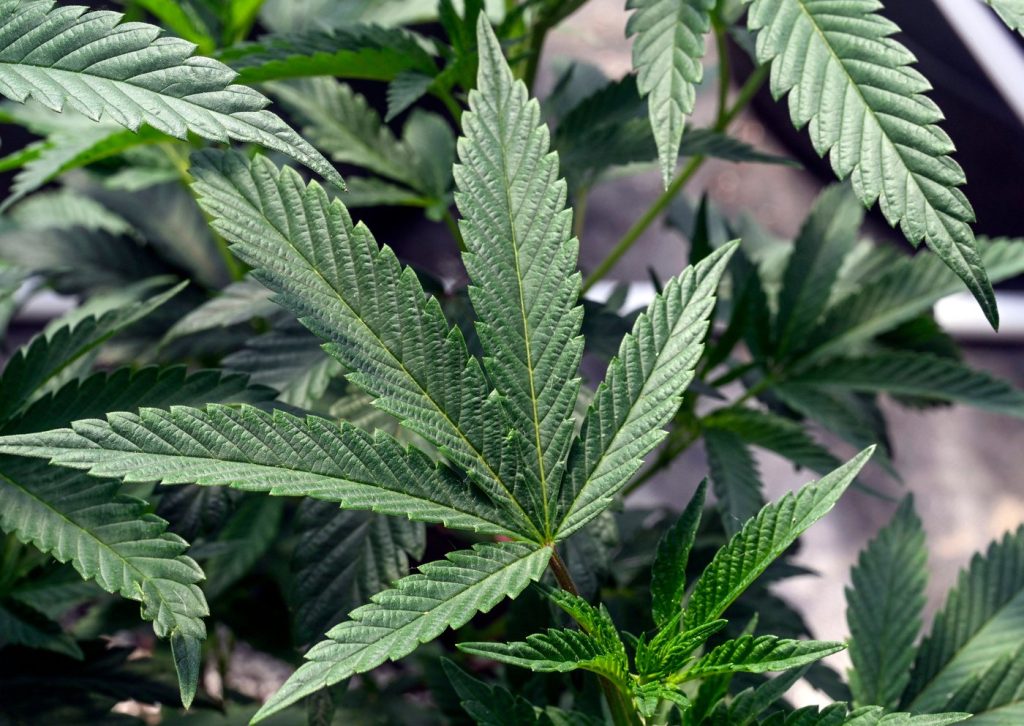Dr. Smita Das, an addiction psychiatrist at Stanford University, often encounters a prevalent myth: that one can't become addicted to marijuana. This misconception has gained traction alongside the legalization of cannabis across various states, with around half permitting recreational use for adults and 40 states allowing medical use.
However, Das emphasizes that cannabis can indeed lead to addiction, a condition known as cannabis use disorder. According to the U.S. Centers for Disease Control and Prevention, the prevalence of this disorder is rising, affecting approximately 3 in 10 individuals who use marijuana.
Identifying cannabis use disorder involves recognizing its signs. If marijuana use disrupts daily life, health, or relationships, it serves as a significant warning sign. Das points out that the likelihood of developing this disorder increases with the frequency of use and the potency of cannabis. Over the years, the strength of cannabis has notably risen; in the 1960s, the THC content in marijuana was typically below 5%, while today, it can exceed 40% in dispensary products, according to the National Institute on Drug Abuse.
The diagnosis of cannabis use disorder follows the same criteria as other substance use disorders, utilizing the Diagnostic and Statistical Manual of Mental Disorders (DSM) as a reference. Key indicators include a need for increased amounts of the substance to achieve the same effect, withdrawal symptoms, and excessive time spent obtaining or using marijuana.
Individuals meeting two of the criteria within the past year would be diagnosed with a mild form of cannabis use disorder, while those meeting six or more criteria would be classified as having a severe case. Recent data from the National Survey on Drug Use and Health in 2024 indicates that 7% of the population aged 12 or older suffers from cannabis use disorder, with most experiencing a mild form and roughly 20% facing more severe challenges.
It’s important to note that marijuana affects individuals differently. For some, even small amounts can significantly impact daily functioning, while for others, the same amount might have little to no effect. As Das suggests, the key consideration is how marijuana impacts a person's overall day-to-day functioning.
For those seeking help with cannabis use disorder, numerous effective treatment options are available. Many users initially visit Dr. Das for help with another substance, such as alcohol use disorder, only to later reveal struggles with cannabis. Treatment approaches include motivational interviewing, a counseling method focused on helping individuals find their internal motivation for behavior change, and cognitive behavioral therapy (CBT), which aims to challenge negative thought patterns while reducing unhelpful behaviors.
Peer support plays a crucial role in recovery. Twelve-step programs, including Marijuana Anonymous, can provide communal support, and Dr. Das emphasizes the importance of surrounding oneself with a community of non-users during recovery. An example of this peer support can be found in a Reddit group founded by Dave Bushnell, a retired digital executive creative director, which has grown to 350,000 members over 14 years. This online community offers a platform for those dealing with cannabis addiction to share experiences and support one another in their journeys toward recovery.
Despite the legislative changes surrounding cannabis, experts plead with individuals to seek help when needed, either through professional counseling or peer support groups. Dr. Das highlights that just because marijuana is legal does not imply it is devoid of risks, mirroring concerns associated with alcohol consumption.












